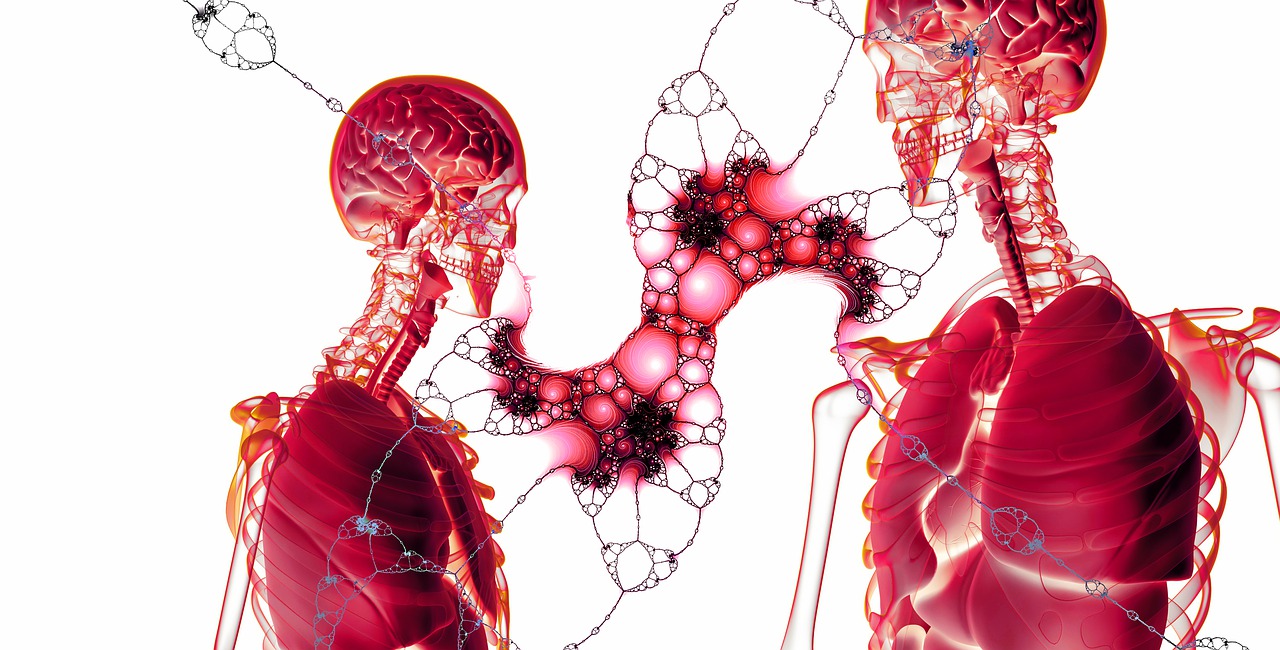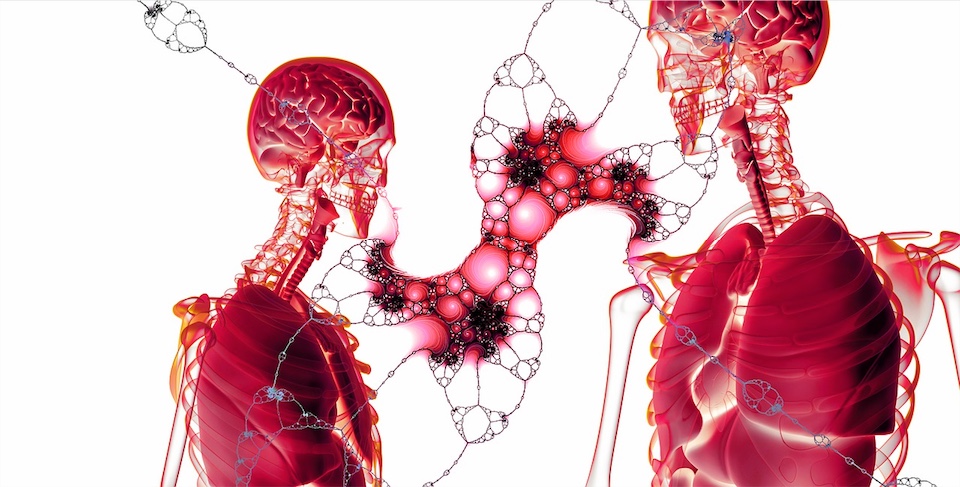The intelligence of the heart & the power it holds over the brain
Every person had an experience of their heart beating faster while they ride their first bike, or feeling that their hearts are crushed after their pet died. Sometimes it makes us wonder, is our heart responsible for these euphoric or heart-wrenching experiences, besides it just plainly pumping blood inside our body.
Does our heart deserve more credit besides belittling it, making it a symbol of weakness for the emotional people who is not good at making choices? Now it’s time to debunk the genius of the heart and the power it holds over the brain.
Connection of the Heart and Mind
In the year 1985, Benjamin Natelson described a new area called “Neurocardiology.”
It examines the relationship between cardiac and independent structures in the pathological state. Between the heart and the mind, there are many complex and dynamic reflex control networks.
Modern neuroimaging data presents the complex set of neuroimagery interactions called the neurocardial axis, comprising the anterior cingulate cortex, prefrontal cortex, and amygdala, a region connected to the other areas involved in autonomic control.
In the age of innovation in the field of medical research, breakthroughs suggest that the heart influences the brain a lot more than we thought.
The “Little Brain” with 5,000 Times Greater Electromagnetic Fields

The heart has 40,000 sensory neurons sending information to the brain. The heart can make an independent decision bypassing the cerebral cortex of the brain. Neurons inside the heart send more information to the brain daily via nervous system connections, hormones created within the heart, biomechanical info through blood pressure waves, and electromagnetic fields. With an astounding electromagnetic field 5,000 times powerful than what the brain is producing and 60 times greater electrical field more than the activities in the brain.
“The heart is the most powerful generator of electromagnetic energy in the human body, producing the largest rhythmic electromagnetic field of any of the body’s organs. The heart’s electrical field is about 60 times greater in amplitude than the electrical activity generated by the brain. This field, measured in the form of an electrocardiogram (ECG), can be detected several feet away from the body, in all directions, using SQUID-based magnetometers (Figure). Prompted by our finding that the cardiac field is modulated by different emotional states (described in the previous section), we performed several studies to investigate the possibility that the electromagnetic field generated by the heart may transmit information that can be received by others.”
Excerpt from “Science of the Heart” by HeartMath Institute
Research findings suggest that the electromagnetic signals produced by the heart can affect others around us. That one person can change another’s brainwaves; the synchronization between the heart and mind is possible between two subjects.
In ancient traditions of mankind, the function of the heart has always been to encase intelligence and emotions and most of all, to house the spirit or essence of a person. What did the ancient people know about the human heart that we are still trying to figure out?
The Emperor Of All Energy System, Xin (Heart)

Base on Traditional Chinese Medicine, the heart (Xin) is the emperor of all other energy systems. The function of the heart in TCM is almost similar to western anatomical use of pumping blood throughout the body, but besides that, it is closely involved with mental and emotional processing. The most crucial role of the heart is that it is where the Shen (spirit) resides. Shen is known to be one of the three treasures of the body; it contains thoughts, emotions, and can able to process sensory information.
Thus all illnesses from sensory disorders to mental, physical, personality disorder, or emotional imbalance are all because of the Shen inside the heart is weak or ungrounded. Their concept of the brain is not just the cerebrum. The brain function is spread over the five “Zang Areas” all over the body, maintaining each other through extensive synergy between the five Zang organs (heart, pericardium, lung, liver, spleen, kidney)
The Seat of Life Force, Hrudaya (Heart)

The Hrudaya(heart) in Ayurveda is considered as one of the vital parts of the body, and It is one among the Trimarams. Embryologically, it came from the essence of Rakthadhatu (blood) and Kapha Dosha(a type of life force) which controls muscle growth, body strength and stability, weight, and your immune system.
The heart shape has been described as “Inverted Lotus” Hrudaya is the seat of Udana, Vyana & Prana Vayu, Sadhaka Pitta, Avalambaka Kapha & Ojas. Udana is one of the five Prana Vayus in Yogic traditions, and It is the upward-moving breath that directs the flow of prana from lower to a higher dimension of consciousness. An ascending and powerful force, Udana Vayu is responsible for taking the mind from waking to sleep and deep sleep as well as making the mind into a higher dimension of existence after death.
In Ayurveda, the word Prana Vayu is used to control respiration and deglutition for oxygen and functional component of the nervous system for the very existence of all cells, organs, and life, oxygen is required, Prana Vayu It is fundamental to the function of the heart, mind, and intellect. Vyana Vata regulates all physical movements, both voluntarily and involuntarily. It controls heart contraction, relaxation, and rhythm. Sadhaka Pitta represents enzymes in the heart (GOT, aldose, and many more) whereas Avalambaka Kapha represents interstitial fluid in the lungs and heart.
The Seat of Intelligence “Ib”

The Ib (heart) was considered the organic motor of the body and as well as the seat of intelligence, a significant spiritual and religious emblem. The Egyptians came to believe that somehow the heart was always the origin of human wisdom, rather than the brain. All notions of physiology and disease were linked in concept to the heart, and it is through the heart that God speaks, giving ancient Egyptians people the wisdom of God and the will of God.
It was thought that all parts of the body were connected by channels (metu) from the heart. Ancient Egyptians believe that to be healthy. The metu should clear without blockage. If a channel is blocked, diseases manifest. These pathways deliver not only blood, but also air, saliva, mucus, tears, nutrient, sperm, and even bodily waste. The brain’s only real function was thought to be passing mucus to the nose, so it was discarded during mummification.
Ib was regarded as one of the eight parts of the body. The heart remains inside the mummy, maintained meticulously undamaged as well as the other organs inside the canopic jars to assure eternal life. The hieroglyphs portraying the heart have been drawn relatively early already in the first dynasty with all of eight vessels connected to it. Egyptian healers developed a unique concept of cardiovascular physiology that lasted 30 centuries.
Exceptional Cases
There are many exceptional cases of patients who survive with only their heart (and a machine) to be alive. Some retained their memories, and others had gone to rigorous therapy. Having been medically dead (braindead) and at the same time still having sensory awareness still baffles the medical community in general. Some people would call their case a “divine intervention” but is it really far fetched to acknowledge how amazing and intelligent the human body is? That there is a much higher dimension of mind beyond the brain that exists where it can store and process information?
Links https://www.heartmath.org/our-heart-brain/ https://www.heartmath.org/science/


